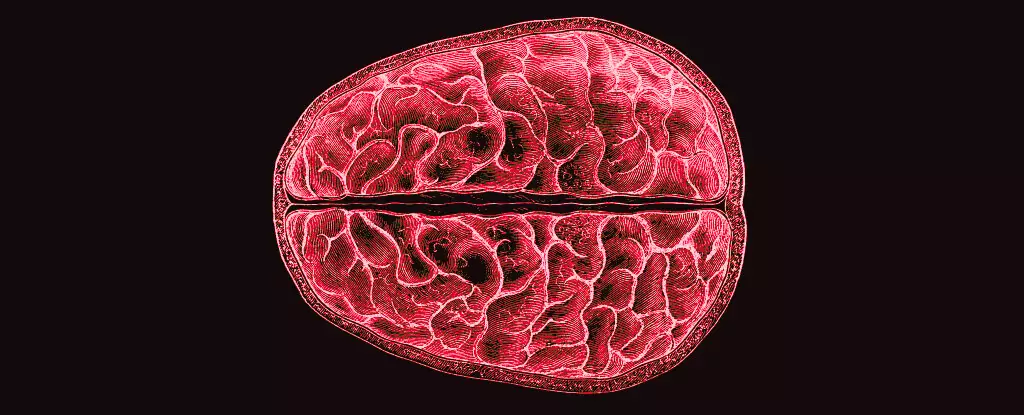The menstrual cycle is a natural process that affects nearly half of the world’s population. While most studies have focused on the behavioral and cognitive effects of hormonal fluctuations, a recent study conducted by researchers at the University of California Santa Barbara sheds light on how these changes impact the structure of the brain.
Led by neuroscientists Elizabeth Rizor and Viktoriya Babenko, the study tracked 30 menstruating women over their cycles to document the structural changes that occur in the brain as hormonal profiles fluctuate. The findings, which are awaiting peer review but available on preprint server bioRxiv, indicate that these changes may extend beyond regions directly associated with the menstrual cycle.
One of the key findings of the study is the simultaneous changes in white matter microstructure and cortical thickness throughout the menstrual cycle. These changes coincide with hormone rhythms and suggest a strong interaction between hormones and brain structure.
Implications on Brain Functionality
The study reveals that as hormones fluctuate during different phases of the menstrual cycle, both gray and white matter volumes in the brain change, along with the volume of cerebrospinal fluid. These changes seem to impact information transfer speed and the overall structure of the brain.
Potential for Future Research
While the exact implications of these structural changes on brain functionality remain unknown, the study paves the way for future research in understanding the impact of hormonal fluctuations on the brain. This could potentially help in unraveling the root causes of severe mental health issues related to menstruation.
The study conducted by Rizor, Babenko, and their team offers valuable insights into the relationship between menstrual cycles and brain structure. By shedding light on the intricate changes that take place in the brain during hormonal fluctuations, this research opens up new avenues for further exploration and understanding of the human nervous system.


Leave a Reply